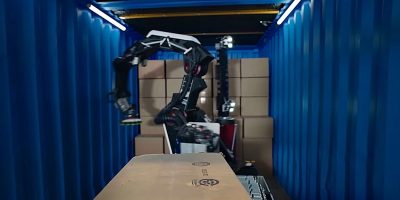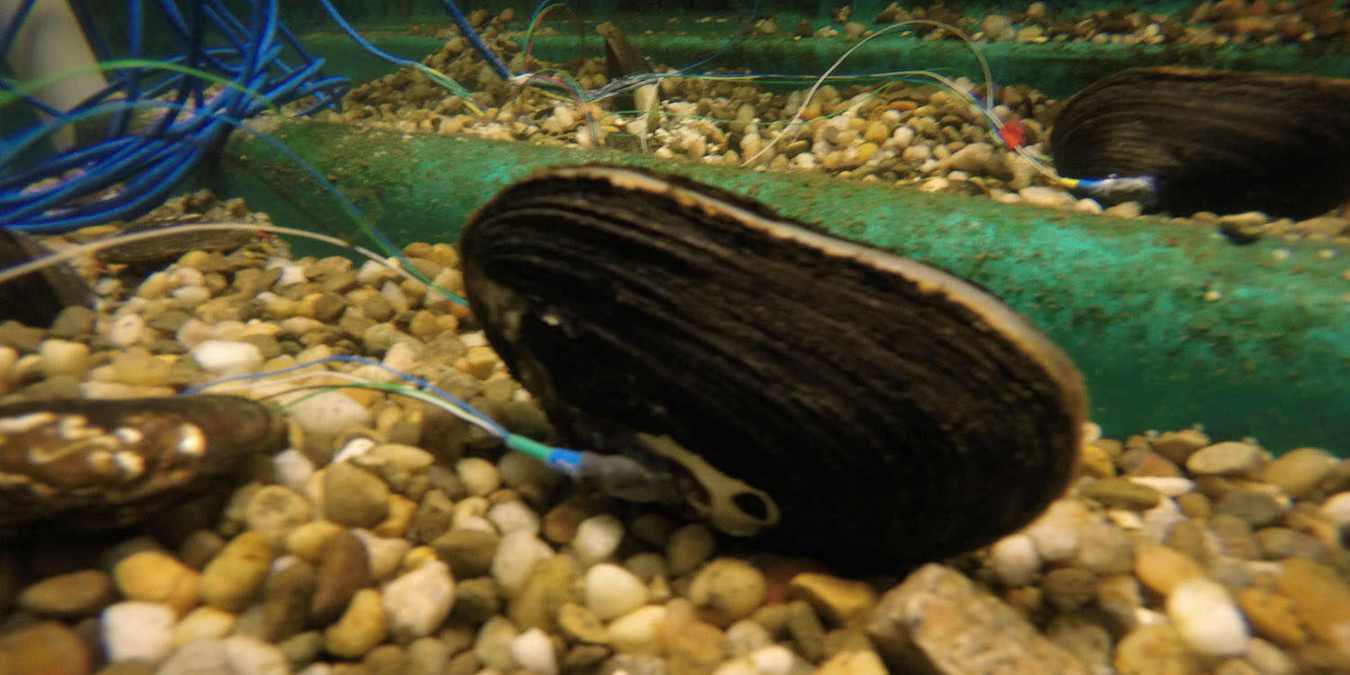
A delicate ecosystem exists in oceans, lakes, rivers, and other waterways. IoT sensors have been used for some time to monitor the underwater health of the various lifeforms that live beneath the water’s surface, particularly in the aquafarm industry. Now, researchers have found a way to hack bivalves with sensors to monitor water pollution.
Bivalves are freshwater and marine mollusks with a shell consisting of two hinged valves connected by a ligament and includes clams, mussels, oysters, and scallops.
Their global decline has prompted active conservation measures. Moreover, continuous behavioral monitoring is a valuable means of detecting the presence of contaminants in surface waters. It thus has prompted their use as environmental sentinels. They are extremely sensitive to environmental conditions. The movement of their shells and the gap in between the valves can serve as indicators of water pollutants entering surface water.
Bivalves in surface waters feed asynchronously. However, they generally close their valves when a harmful event or chemical impacts their stream habitat, and the valve closure due to these events may be synchronous among individuals. Valve-gape measurement provides an opportunity to identify these habitat-altering events, potentially serving as an early warning indicator.
Researchers at North Carolina State University have utilized mussels as canaries in the coal mine for the underwater. They have designed and demonstrated a new system that allows them to monitor the behavior of freshwater mussels remotely.
According to Jay Levine, professor of epidemiology at NC State and co-author of An Accelerometer-Based Sensing System to Study the Valve-Gaping Behavior of Bivalves published in IEEE Letters:
“When mussels feed, they open their shells, but if there’s something toxic in the water, they may immediately close their shells, all at once. Folks have been trying to find ways to measure how widely mussels or oysters open their shells off and on since the 1950s, but there have been a wide variety of challenges. We needed something that allows the animals to move, can be placed in streams and collects data – and now we have it.“
Alper Bozkurt, corresponding author and a professor of electrical and computer engineering at NC State, explains: “We’ve basically designed a custom Fitbit to track the activities of mussels. To minimize costs, all the components we used to make this prototype sensor system are commercially available – we’re just using the technologies in a way nobody has used them before.“
IoT Aquafarm Tech and Mussels
The overall system is comprised of four sensor nodes connected to a base station, enabling the recording of gaping data from four bivalves in parallel. The tethered system facilitates in-situ monitoring of bivalves in their native habitat. At the system’s core is a single-board microcontroller (Adalogger from Adafruit Industries) York, with micro-SD card storage.
Each sensor node contains two tri-axial accelerometers that attach to the two shells of a bivalve. A 28-gauge multi-stranded cable (up to 10m long) connects each sensor node’s accelerometer pair to the base station. Each accelerometer board, measuring 4×5 mm2, is connected through four wires (two for power supply and two for I2C communication). The embedded program polls the sensor nodes sequentially to collect raw sensor data periodically. It then calculates and stores the gaping angle for each mussel connected to the system.
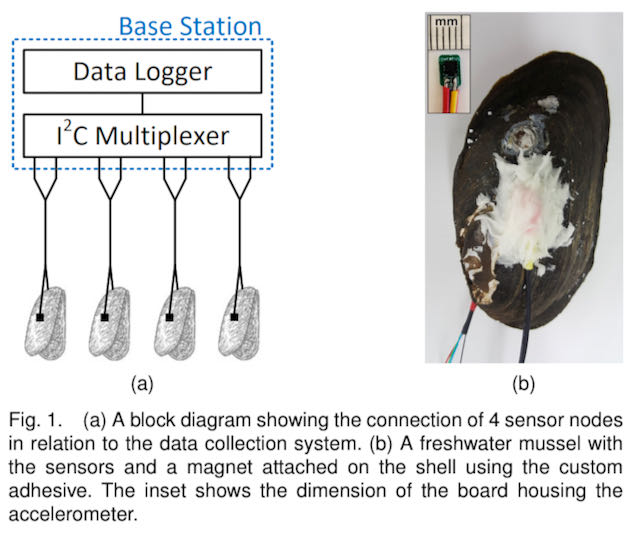
The device allows for more than a month of operation, which can be further extended through the use of extra insulation materials. In vivo measurements on freshwater mussels indicated both the practical functionality of the system as well as its superior performance with respect to magnetic field-based measurements. This system thus offers the opportunity for more extensive studies of bivalves to better understand their behavior and the factors contributing to their decline in nature.
Precision tech brings insights to aquafarm management
The last two decades have revolutionized the agriculture sector. It’s an industry that traditionally embraced practices handed down by earlier generations but has also embraced the benefits of technology: sensor embedded machinery, robotics, rugged hardware, machine learning, advanced analytics, and software built for mobile and web apps.
The aquafarm has slowly followed suit with engineers, biologists, mathematicians, and ecologists to solve environmental health and food supply chain monitoring. IoT and precision aquaculture can provide valuable insights. This facilitates data-driven decision-making to achieve more efficient and sustainable management of water farms.
As part of The Science for Technological Innovation Challenge(SfTI) in New Zealand, project Spearhead provides the means to deliver valuable data to aquafarm farmers. Salmon and mussel farms are at sea and submerged, so farmers typically spend a lot of time on boats and barges observing their marine farms and checking gear and crops. This is expensive and time-consuming. Weather and availability of boats and labor can interfere with efforts to keep tabs on the farm.
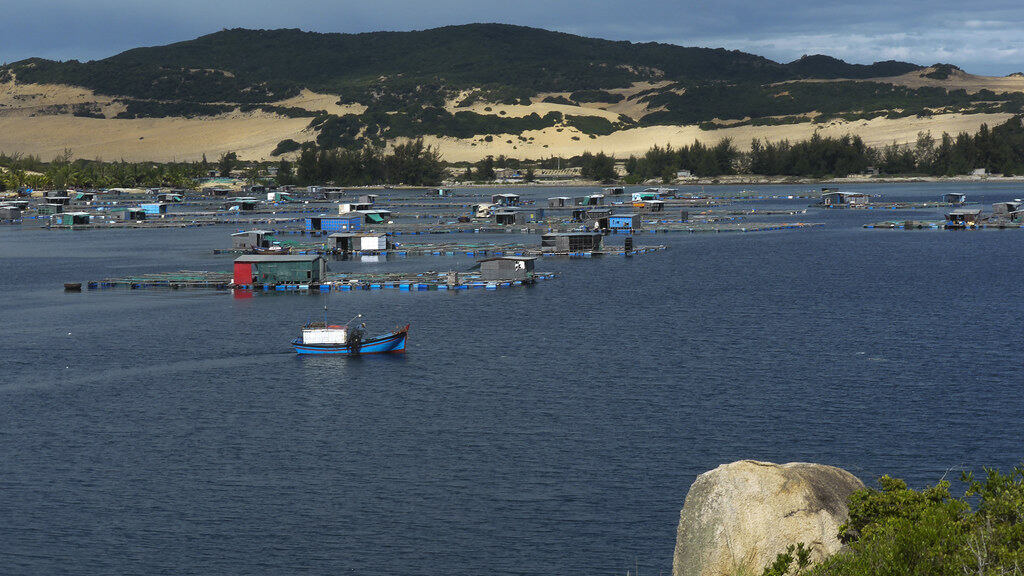
The project aims to provide aquafarm farmers with real-time on-farm intelligence, enabling quick farm management decisions. They are developing technology that will remotely monitor farm structures. This includes stock numbers, health, and conditions enabling farmers to gain real insights via a dashboard or smartphone. The technology used includes imaging sensors above and below, sea-to-land communication links, and data analytics. Farmers can access the analytics on demand to make sense of everything coming back from offshore farms.
The project will enable farmers to operate larger farms in challenging offshore environments. Farmers can deploy remote monitoring and automated technologies to help manage them efficiently and sustainably.
iQShrimp monitors shrimp farming
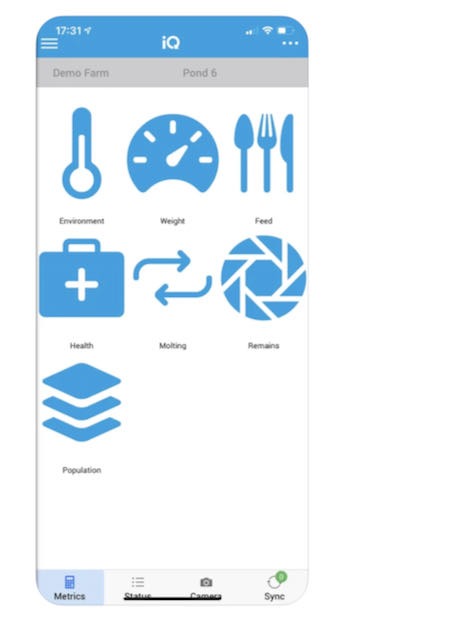
Monitoring the health of an aquafarm is crucial to identify and address problems in water quality and temperature as they occur. In the US, Cargill has created software to enable shrimp farmers to monitor their farms’ health in real time. iQShrimp is the first analytics software in the shrimp industry to centralize multiple sources of data on a single cloud-based platform. The mobile data application syncs with a live farm operations dashboard. This provides real-time insights and predictive analytics for your operations.
Machine learning collates and analyzes data collected through mobile devices, sensors, and automated feeders. This helps farmers to understand shrimp size, water quality, feeding patterns, and health and weather conditions. The dashboard predicts production outcomes and maximizes profits by combining production data with environmental data. The sensors gather data, and the technology self-learns to offer better insights and recommendations on feeding schedules, risk mitigation, and optimal harvest periods.
Aquafarm tech is big business
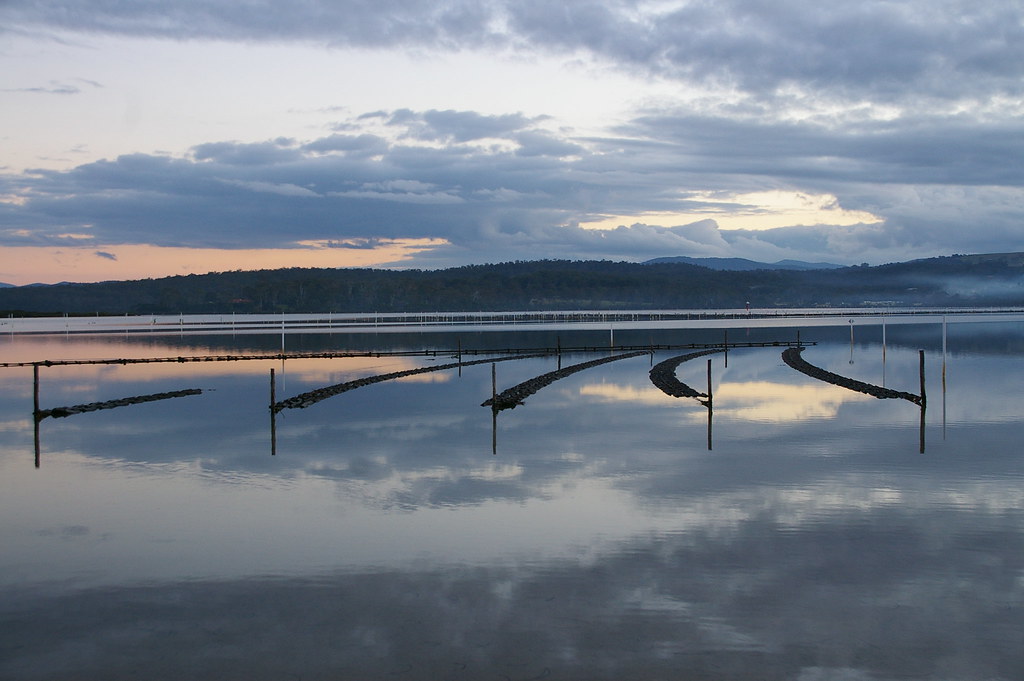
In Canada, water analytics is a serious business in aquafarm production. A two-year $27 milion project called The Integrated Operations and Real-Time Analytics project was announced this week. The project is led by Grieg Seafood Newfoundland with funding from Canada’s Ocean Supercluster. Partner funding is provided by Innovasea, SubC Imaging, AKVA Group, and High-Tech Communications. It aims to bridge gaps between land, sea-based, and processing operations that exist in the aquaculture industry today. The project provides real-time information, analytics, and environmental connectivity to improve overall operations.
The project will provide technology to enable global control over all aquafarm operations. This ranges from egg to harvest, including feeding fish and monitoring of fish, equipment, and personnel. This will contribute to increased storm preparedness and crew safety. Importantly, the project will enable companies to have complete control of operations in areas where this would not have been possible due to lack of connectivity. The project will benefit its partners, OSC members, industry, and customers by allowing for better planning and decision-making through access to historical and real-time data.




